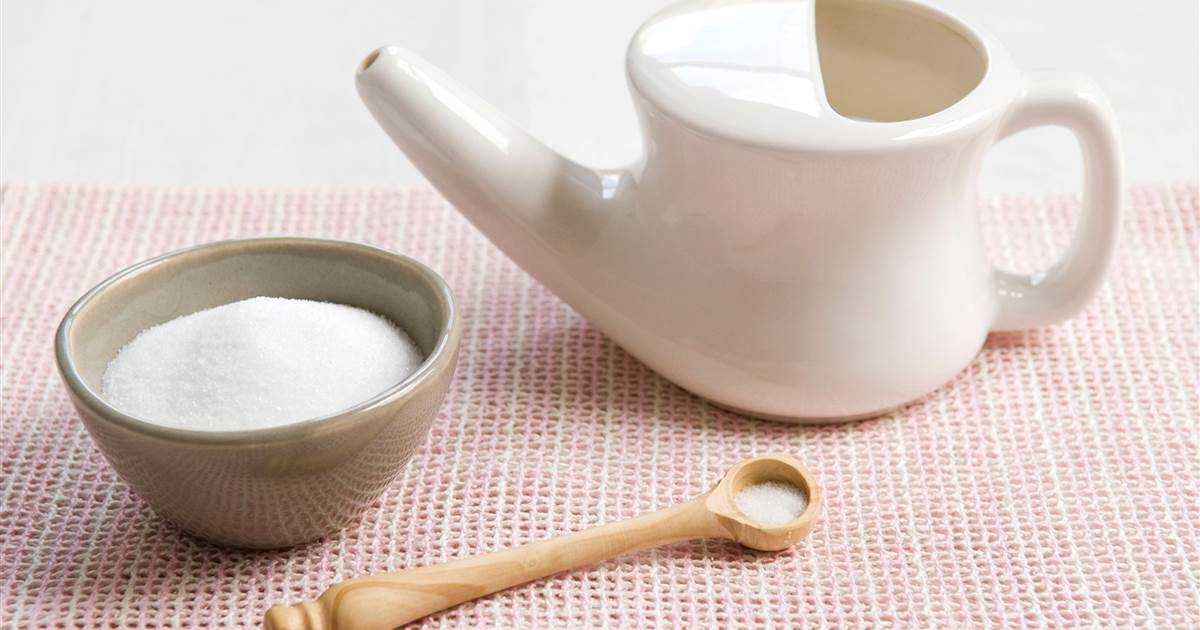Guide To Using A Neti Pot Correctly
How Neti Pots Work

A neti pot works by serving as a method of clearing dirt, pollen, and other trapped debris from an individual's nasal passages. When performed correctly, the use of a neti pot will not burn or irritate an individual's extremely delicate and sensitive nasal membranes. Most neti pots come with a saline packet mixed with the water used with it. Generally, the saline solution is placed into the sterilized neti pot and is then poured into one nostril using a special technique.
When this saline solution flows through one of the nasal channels, it flushes built-up debris and excess mucus out through the other nostril. This technique is repeated with the other nasal passage to cleanse that channel as well. The saline solution used in the neti pot is thought to promote the action of finger-like projections of the cells lining the nasal cavity referred to as cilia. The cilia in an individual's nasal cavities are responsible for moving mucus and other debris out of the nose.
